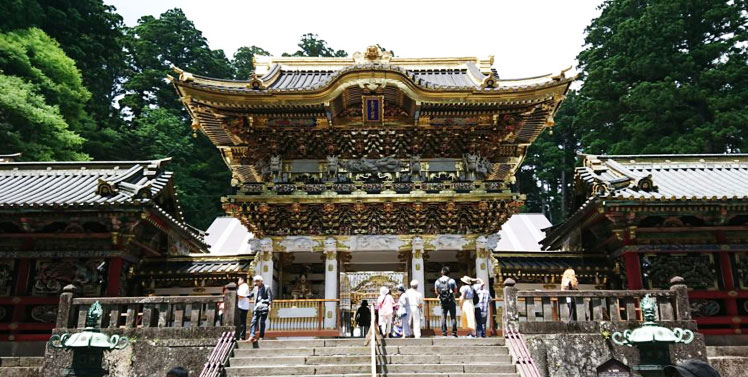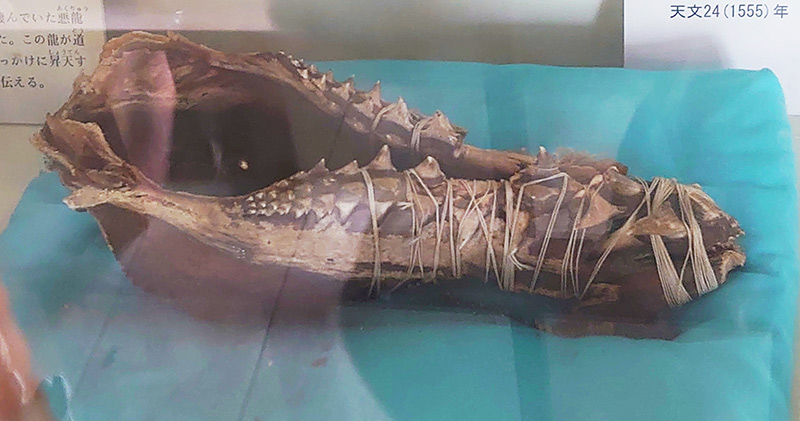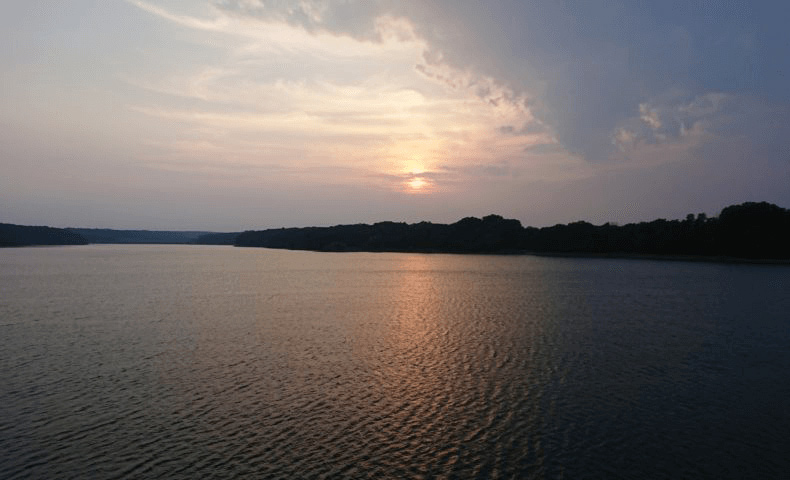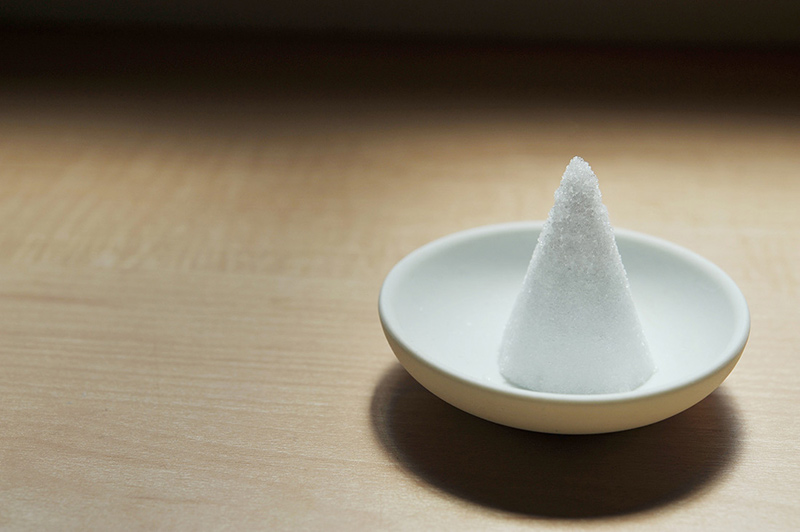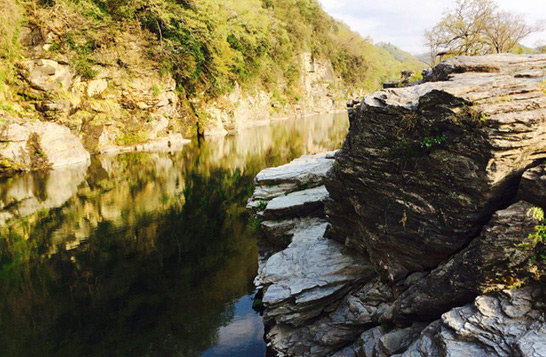Mt. Nokogiri | The 8 tourist attractions with historical background
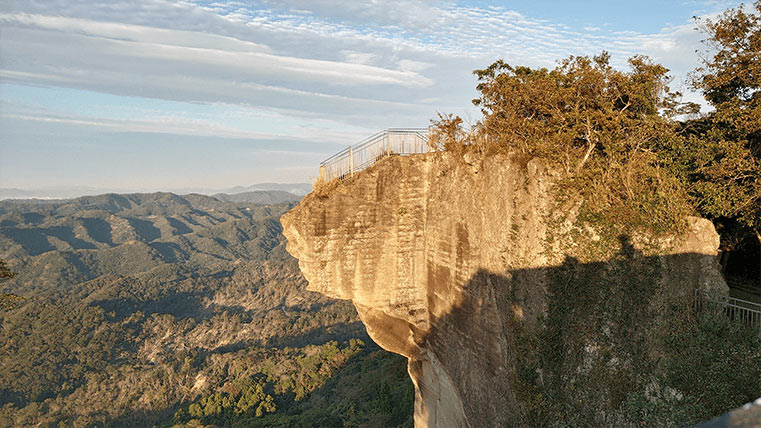
Mt. Nokogiri is the mountain where shows a unique aspect that other mountains do not own.
For instance, the great wall that was made by cutting out the cliff, the observatory that can overlook Chiba prefecture, and the huge scale of sculptures fascinate many tourists.
Such these interesting points, Mt. Nokogiri is the place where you should visit once, so I will introduce the background and attractive points there at this time.
Table of Content
- Background of Mt. Nokogiri
- The tourist attractions in Mt. Nokogiri
- Jigoku-Nizoki
- Yakushi-Ruriko-Nyorai
- Hyakushaku-Kannon
- Tokai-Sengohyaku-Rakan
- Why do some sculptures are missing the head?
- Ishi-Kiriba
- Iwa-Butai
- Kiri-Toshi
- Observatory in Mt. Nokogiri
- Hiking course in Mt.Nokogiri
- How to access Mt. Nokogiri
- Conclusion at Mt. Nokogiri
Background of Mt. Nokogiri
Mt Nokogiri is located at Kyounann town in Chiba prefecture where is located next to Tokyo, and you can access there by train or ferry from Tokyo on a day trip.
The most interesting feature of the mountain is the mining trace on the cliff like it is cut off by humans.
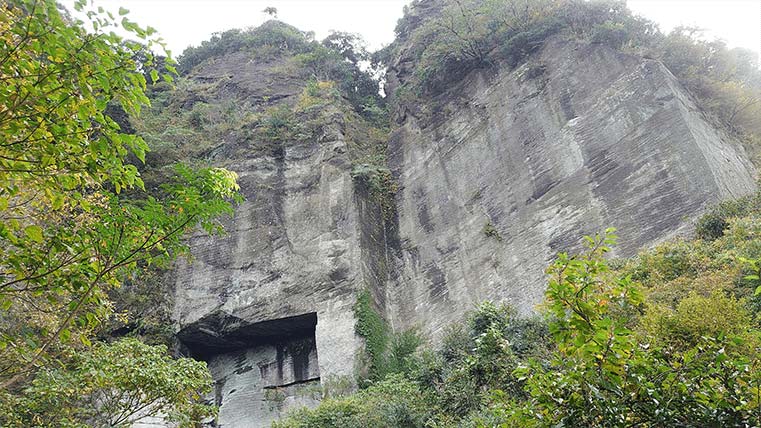
For example, the surface on the cliff was made artificially and utilized for an architectural material like the wall at Imperial Palace as high-quality material.
Originally, mining the stone here was started from the late Edo period (Edo is the era between 1603 and 1868), and it was carried out until regulation of natural protection was announced in 1985.
As a result, the area including Mt.Nokogiri was flourished as a stone town so that 5 hundred 60 thousand stones were produced.
The tourist attractions in Mt. Nokogiri
As I already mentioned, Mt. Nokogiri is getting popular and good reputation from internal and external tourists because of its magnificent view, easy hiking, and accessibility.
The main spot in Mt. Nokogiri is the Nihonji area including the sculpture area, and you can visit there passing through the way of quarry trace for mining on the hiking course from the foot of the mountain.
If you want to skip hiking, using cable cars to access the Nihonji area directly might be a better option.
A spot in the Nihonji area is below.
- Jigoku-Nozoki (observatory)
- Hyakushaku-Kannon (98 feet sculpture on the wall)
- Yakushi-Ruriko-Nyorai (101 feet sculpture)
- Tokai-Sengohyaku-Rakan (1,500 sculptures)
After or before visiting the Nihonji area, you can go to the stone area and tracking down quarry traces such as the below spot.
- Ishi-Kiriba
- Kiri-toshi
- observatory in Mt.Nokogiri
- Hiking from the foot of the mountain
Jigoku-Nizoki

Jigoku-Nozoki means “peek of hell” and indicates the symbol of Mt. Nokogiri.
The spot shows magnificent scenery around Chiba prefecture, and you can look down the land from the edge of the cliff so that you overlook the hell.
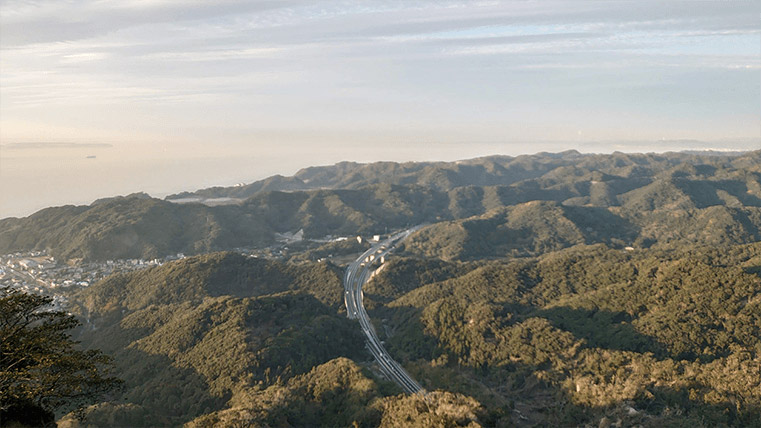
Mt.Nokigiri is an altitude of 330 meters high, but the view from here is very beautiful and offers a thrilling experience that can not taste in other mountains.
Yakushi-Ruriko-Nyorai
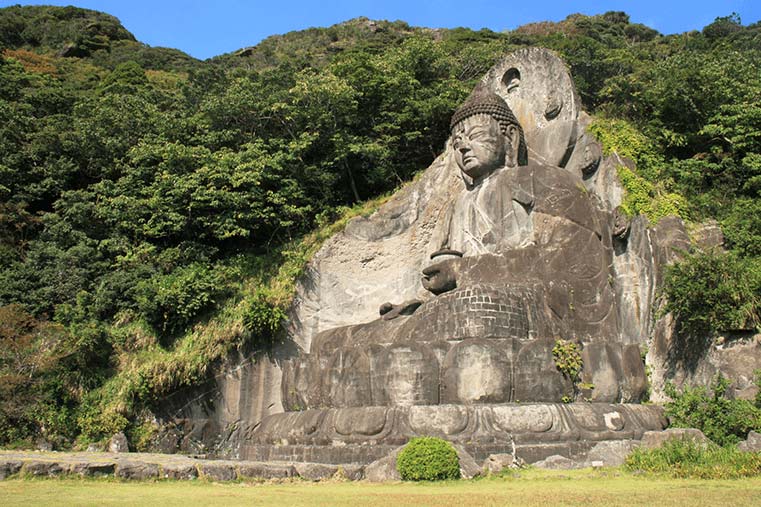
The sculpture called Yakushi-Ruriko-Nyorai that reaches 101feets is the most huge sculpture at Mt.Nokogiri.
Originally, the sculpture was made in 1783 by a craftsman called Ono-Jingoroeirei with his 27 pupils for 3years.
Interestingly it is said that Yakushi-Ruriko-Nyorai heals a fighting wound, so the sculpture holds the pot of potion in the left hand.
As a result, there is a record that a warlord of samurai visit here in the past according to the official website for Nihonji in Mt. Nokogiri.
Hyakushaku-Kannon
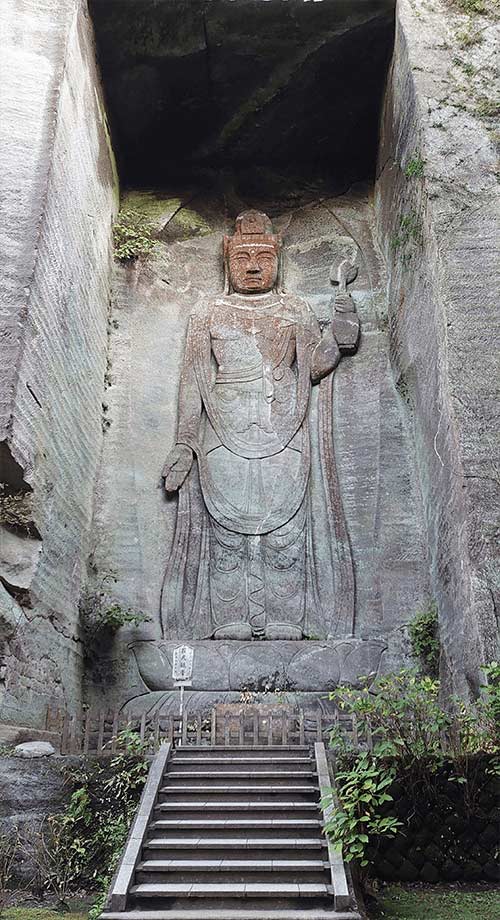
Hyakushaku-Kannon is a large scale sculpture that reaches 98 feet and is curved on the wall.
The sculpture was standing under the area at Jigoku Nozoki, and if you visit through hiking course, here will be the first site at the Nihonji area in Mt. Nokogiri.
This sculpture was made for victims in WW2 and casualties who encountered an accident on the land, sea, and sky around Tokyo Bay.
So, Hyakushaku-Kannon represents the deepest sympathy for them.
Also, the combination of the sacred atmosphere with the large scale of the sculpture itself makes us impressed deeply.
Tokai-Sengohyaku-Rakan

Mt. Nokogiri seems a strong image for huge sculptures, but the site where put countless Buddhism sculptures called Tokai-Sengohyaku-Rakan is also an amazing point.
The word “Tokai” means Tokai area in Japan, “Sengohyaku” is 1,500, and Rakan indicates a monk who is in a high-rank position in Buddhism.
So, the area put down 1,553 religious sculptures called Jizo in a long way.
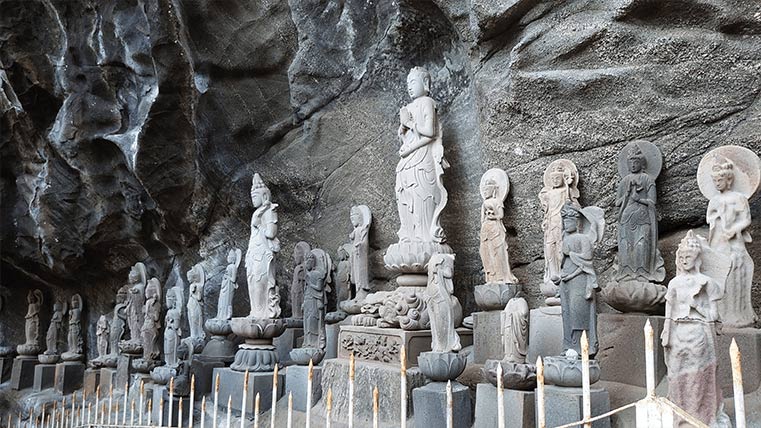
These sculptures were made by Ono-Jingoroeirei with his 27 pupils as well as Yakushi-Ruriko-Nyorai and it spends 21 years until completion.
The quantity of arranging sculptures might be the most numbers in Japanese, and here is one of the mysterious places that we feel a sacred atmosphere such as the sculpture cave in Gunma prefecture.
Kannon’s cave and Takasaki-Byakui-Daikannon | Trip in Gunma
Why do some sculptures are missing the head?
Curiously, Some sculptures are missing or reinforce the head part.
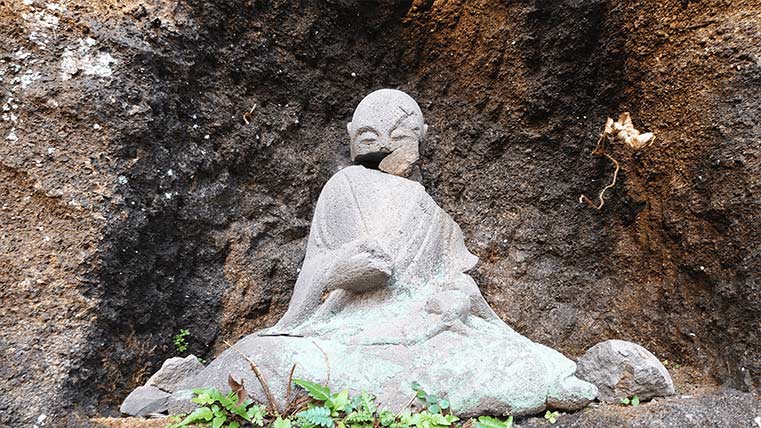
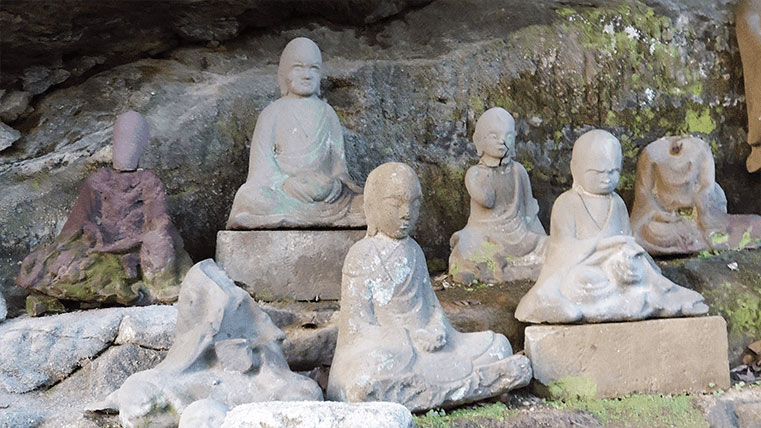
This is because the religious movement that kicks out Buddhism from Japan happened, and the government thought Shinto should be the proper religion in Japan in 1868.
So, a lot of temples and Jizo sculptures were destroyed everywhere at that time, and the traces are remaining at a religious spot like here even now.
Just so you know, if you want to know this incident and Japanese religion more, please check the below article as well.
6 Mysterious customs and traditions in Japan
Ishi-Kiriba
Apart from the Nihonji area, you can go and confluence the hiking course including the stone area by passing through the spot of Hyakushaku-Kannon.
If times allow, you should visit the store area on the hiking course due to knowing the background and deep point in Mt. Nokogiri.
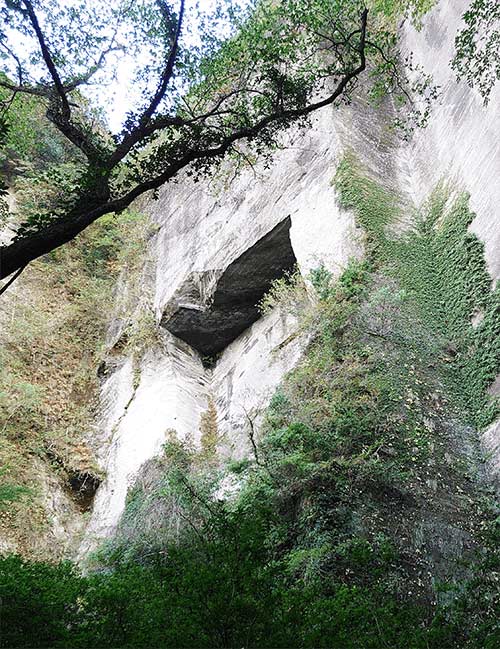
This amazing spot named Ishi-Kiriba where looks like the scenery beyond human understanding is exactly one of them.
The wall shows the quarry trace along the vertical line on the layer, and it goes to as far as a deep area to mine better quality of a stone.
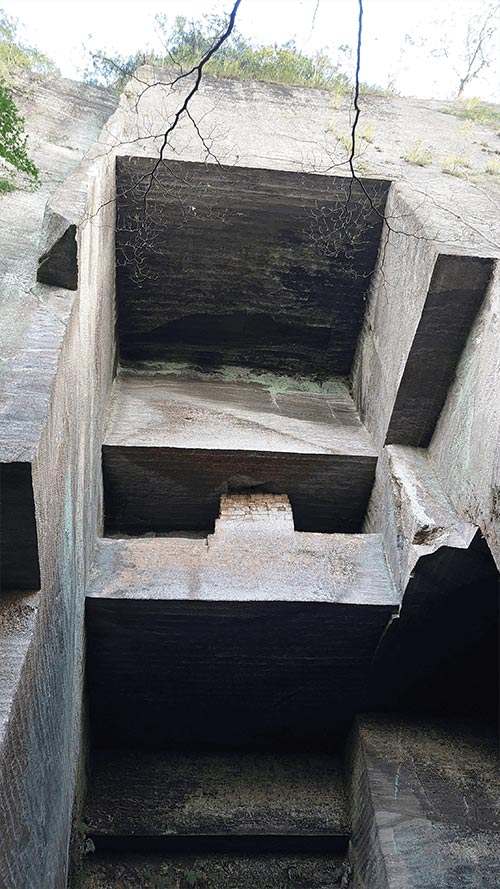
This unbelievable scenery exactly seems to indicate how much craftsmen here have matured skill and pursue the better stone.
Iwa-Butai
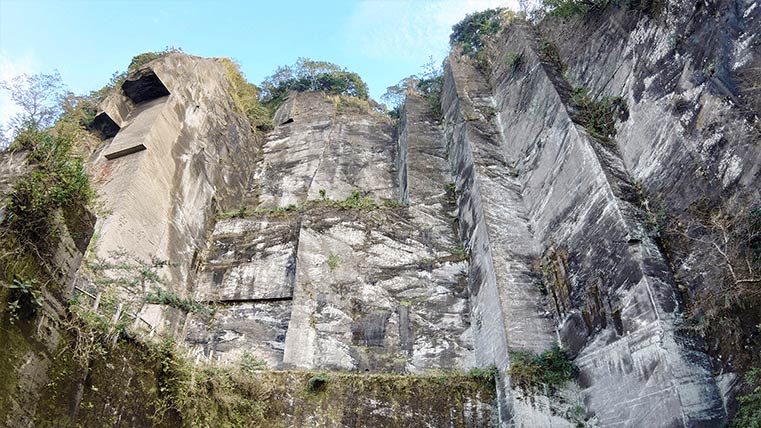
Iwa-Butai is next to Ishi-Kiriba and you can trace what the tools were used for mining at Mt Nokogiri.

The wall seems to be separated by rough and smooth surfaces because it represents the transition of generations such as using a pickaxe to a chainsaw.
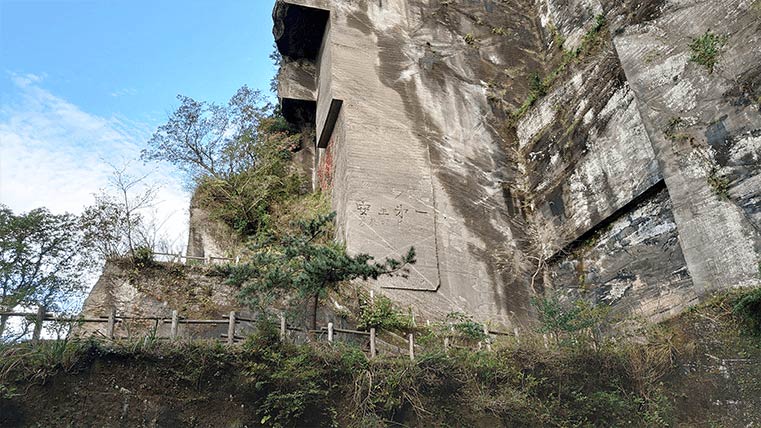
Kiri-Toshi
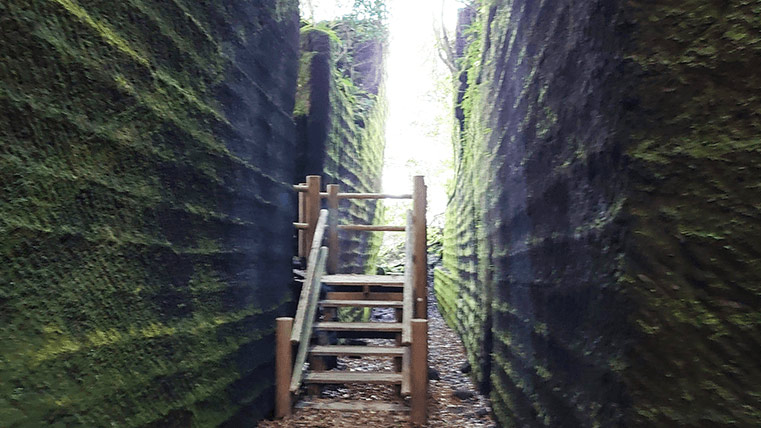
The spot called Kiri-Toshi is the road that was build by cutting out the rock straightly.
The place played the role of the pathway to connect this area and Ishi-Kiriba for the mining work at Mt. Nokogiri.
You can touch the surface and it makes you thought how much the mining work here was difficult at that time.
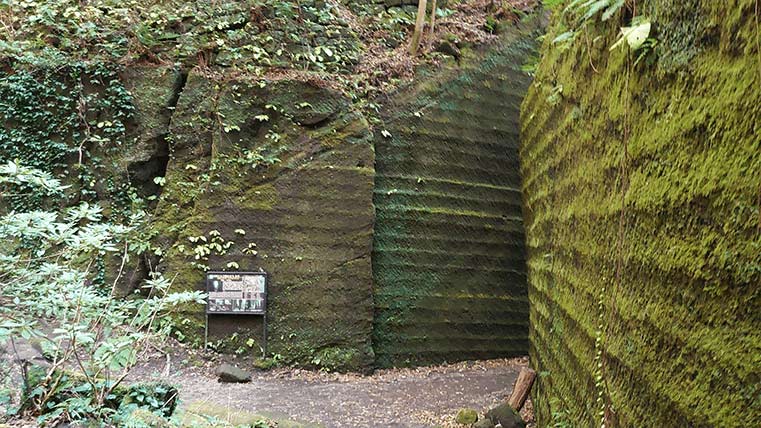
Observatory in Mt. Nokogiri
Mt. Nokogiri has three magnificent view spots such as Jigoku-Nizoki, the top of the mountain, and this observatory.
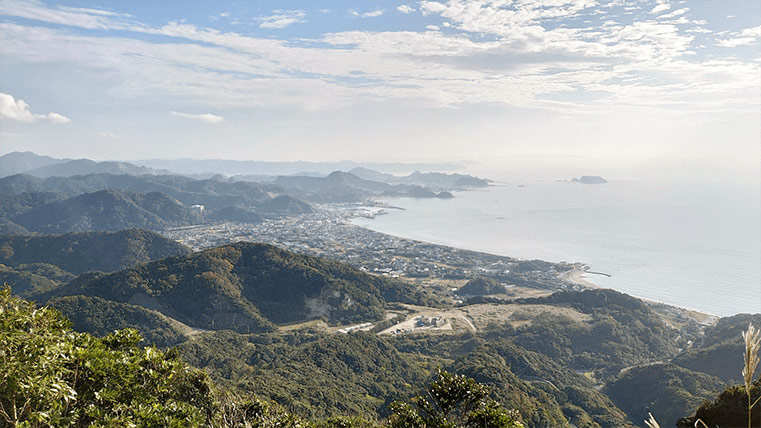
You can overlook the eastern and western direction in Chiba prefecture, and it is very spectacular so that your heart is captured as well as Jigoku-Nizoki.
Moreover, there are a few tourists here because of accessibility, so you can rest time while relaxing and seeing the seaside town.
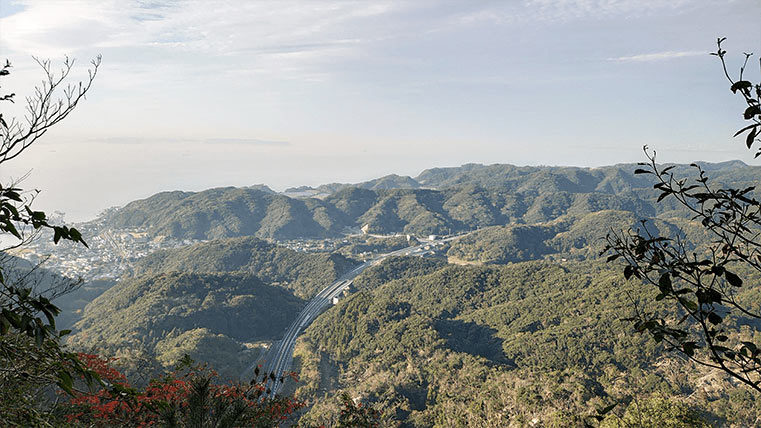
However, the spot is far from the Nihonji area a little bit, and you should go up the rough stone stairs after passing through the quarry area.
Consequently, it might feel hard work depending on a person.
Hiking course in Mt.Nokogiri
Finally, the hiking course in Mt. Nokogiri is an optional point by a person.
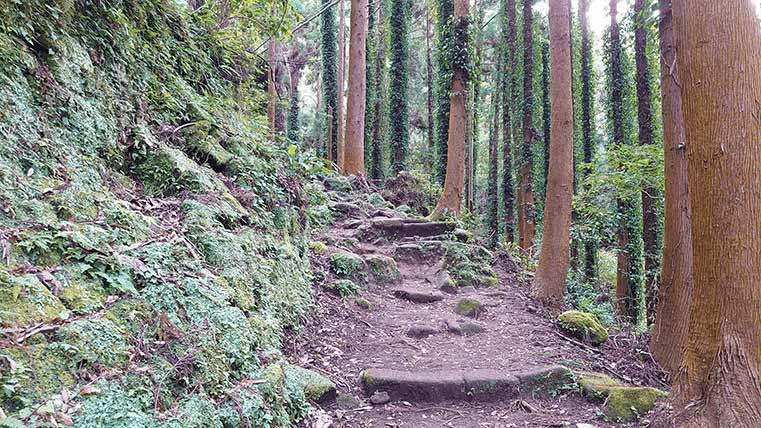
If you just want to go the spots that I introduced can be accessed without hiking from the foot of the mountain due to cable cars.
However, Mt. Nokogiri is around 330 meters high and easy to hike compare to other mountains, so it would be a good option for you to enjoy hiking in nature.
At that time, you have to be careful with a bad mountain path because Chiba prefecture got serious damage as a result of a big typhoon in 2019.
So, some sort of mountain road has fallen trees, and it might get you hard hiking.
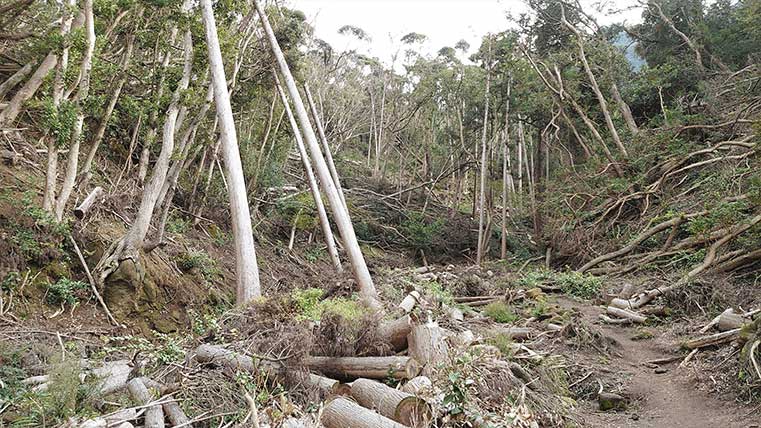
As a side note, it takes 2 to 3 hours until the Nihonji area through the stone area from the departure point even if you visit the observatory in Mt. Nokogiti.
(You can access the observatory from the junction point that branched to the Nihonji area through the stone area and observatory)
How to access Mt. Nokogiri
If you access Mt. Nokogiri from Tokyo, I recommend using the combination of train and ferry because it is possible to go to the area near the mountain directly.
So, please refer to the below lists.
- Shinjuku Station → gets on the train on Shounan Shinjuku Line bound for Hiratsuka → get off at Yokohama Station → Change to Keikyu Honsen bound for Misakiguchi → get off at Keikyu Kurihama Station.
After you get off the train, you have to go to the ferry port by taxi or bus bound for Tokyowan-ferry-iki that takes around 10minutes.
When you arrived at the ferry station, buy a ticket to Hamakanaya which is 800yen singly (Booking is unnecessary).
As a side note, the ferry is working once an hour, and the length of time is around 40minutes.
After arriving at Hamakanaya ferry Station, it takes about 10minutes to the departure point of Mt.Nokogiri or cable cars.
Conclusion at Mt. Nokogiri
Mt. Nokogiri is a very distinctive mountain and makes us attract by the geographical and historical aspects that people in this town left.
Furthermore, travel time on the ferry also gets you enjoyed, so it will be a fun time for you.
If you have curiousity about Mt Nokigiri and those spots, Mt. Mitake in Tokyo would suit you because of tourist attractions like natural rock gardens.
Mt. Mitake | A great spots and Natural Rock Garden in Tokyo
Please check the article as well and find your interesting mountain through our web site.

